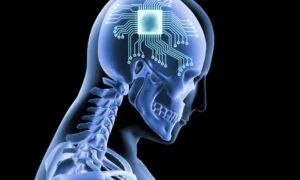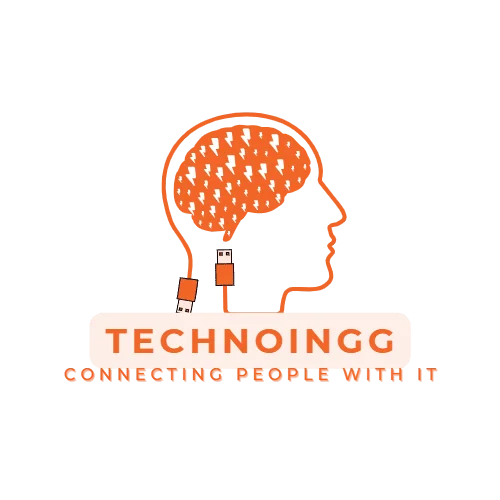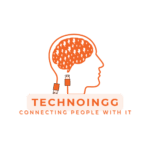In the exciting realm of research around AI, there’s a growing field known as organoid intelligence, which aims to replicate the human brain to advance AI further.

As generative artificial intelligence (AI) research rapidly gains momentum, a handful of scientists worldwide are already pioneering the next big thing: a field that envisions computers with real brains, aptly termed biocomputing. Also known as organoid intelligence, it aims to replicate the human brain to advance AI further.
Currently, conventional AI models rely on networks comprising a few hundred million neurons, characterized by their simplified nature, and these models demand substantial energy. In contrast, the human brain operates far more efficiently regarding energy consumption while managing connections between nearly 90 billion neurons.
To put things into perspective, experts suggest that should current artificial intelligence companies attempt to replicate the sheer number of connections found in the human brain; they’d require the energy output of a nuclear power plant.
Biocomputing, on the other hand, introduces a groundbreaking shift by using genuine biological neurons. Dr. Fred Jordan, Final Spark’s CEO and co-founder, said, “We’re at the beginning of a revolution.”
In 2014, Dr. Jordan, alongside his colleague Dr. Martin Kutter, established one of the world’s earliest biocomputing companies in Switzerland. Today, it’s one of three corporations pioneering this field, alongside Cortical Labs in Australia and Koniku in the US.
Biocomputers incorporate live neurons to reason like humans and generate novel ideas beyond their programmed knowledge. This sets them apart from AI programs like ChatGPT, which can only respond based on the data in their databases.
Dr. Jordan shared his lifelong dream: “Ever since I was a teenager, my dream was to build a thinking computer.” Three years ago, he realized that merging artificial intelligence and neuroscience, two traditionally separate disciplines, was the path to achieving that goal. He explained, “The brain processes information is incredibly intricate, and today’s digital computers simply aren’t up to the task. So, we thought, since hardware alone isn’t sufficient, let’s revolutionize it with living neurons or ‘wetware.'”
However, building a bio-computer that can pass the Turing test—assessing whether a machine can display intelligence indistinguishable from a human—remains a challenge that no one has yet overcome.
Regarding the progress in biocomputing research, Final Spark works with thousands of neurospheres, which are three-dimensional structures housing living neurons and serve as biocomputer prototypes. These neurospheres house approximately 10,000 neurons for 100 days, during which Dr. Jordan and his team strive to understand how to train these neurons.
The ultimate goal is to enable neurospheres to accomplish “useful tasks,” such as learning and memorization (also known as neuroplasticity), by stimulating the neurons using electrodes. However, achieving this is a formidable challenge, as each neurosphere exhibits unique characteristics.
Final Spark’s neurospheres can only store 1 bit of information, akin to a quantum computer from 15 years ago.
Dr. Jordan emphasized, “All our work is open data because we believe the greatest risk lies not in competition but in failing to discover the optimal solution for biocomputing.”
Final Spark plans to collaborate with universities worldwide in the coming months, enabling students to conduct remote electrode stimulation tests and contribute to research on neuroplasticity. Dr. Jordan expressed hope that they will make substantial progress in certain aspects of learning next year, asserting that “at present, we are charting a course in intriguing and innovative directions.”
The most apparent application of biocomputing at present is its potential to replace the synthetic processors used by AI companies, potentially reducing energy consumption by an astonishing “1 million to 10 billion times,” as indicated by Dr. Jordan.
Dr. Jordan has already established connections with numerous tech companies, although he acknowledged that not all fully grasp their objectives. Nonetheless, Frontiers, a highly respected research journal, recently introduced a section on “organoid intelligence.” Given the lack of prior acknowledgment, Dr. Jordan found this recognition particularly meaningful.
When contemplating the potential of biocomputing, Dr. Jordan noted that it extends beyond merely reducing the energy consumption of certain AI ventures. He asserted that the capabilities of biocomputing are “unfathomable” since neurons possess the ability to self-program.









